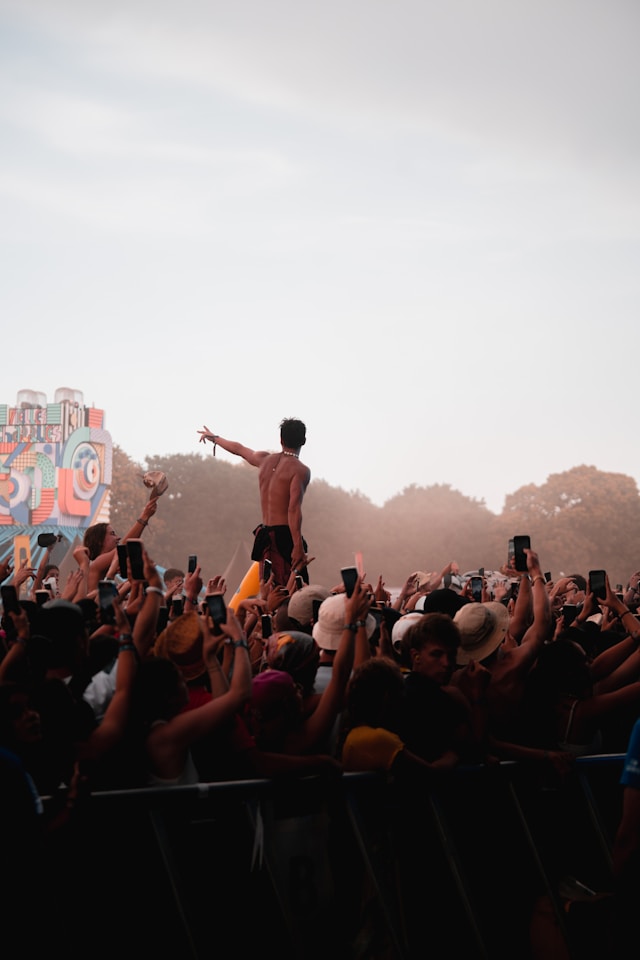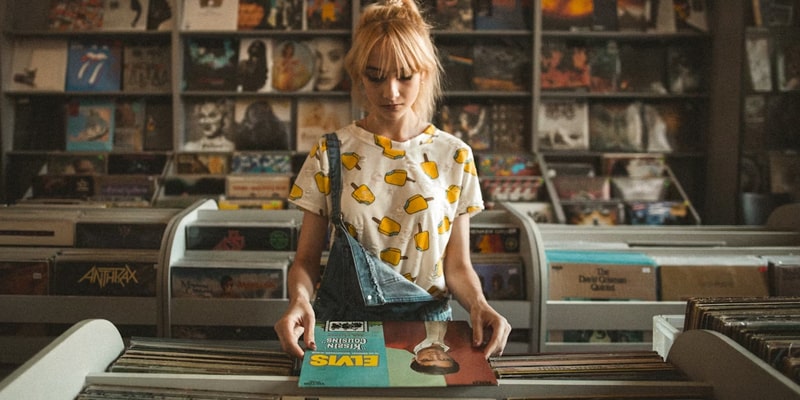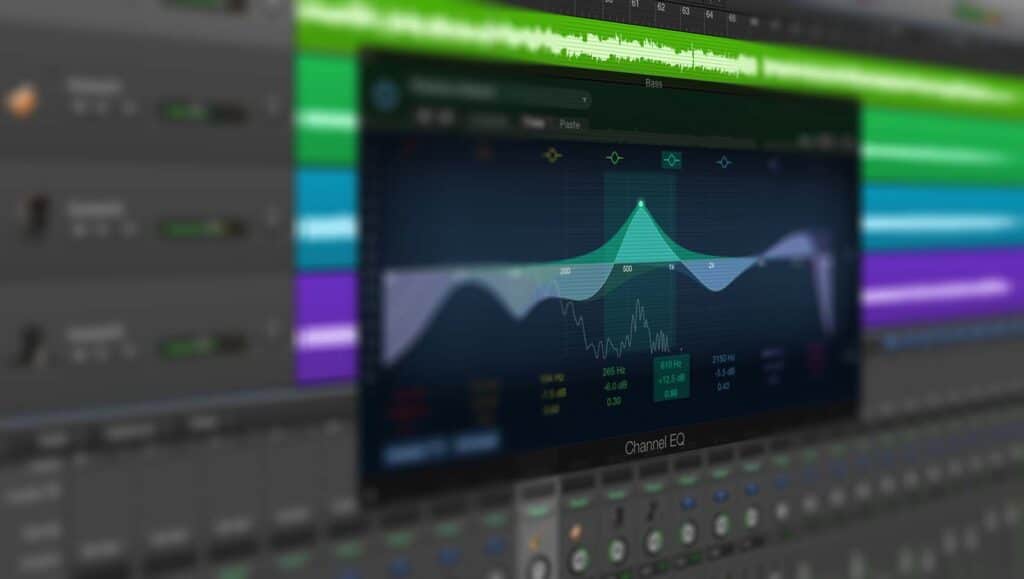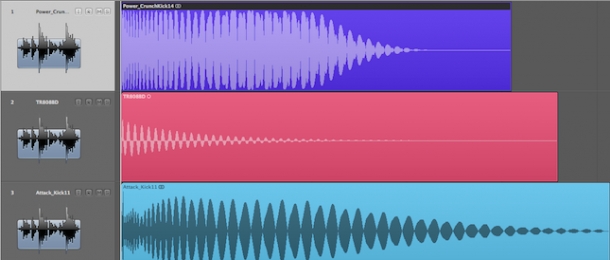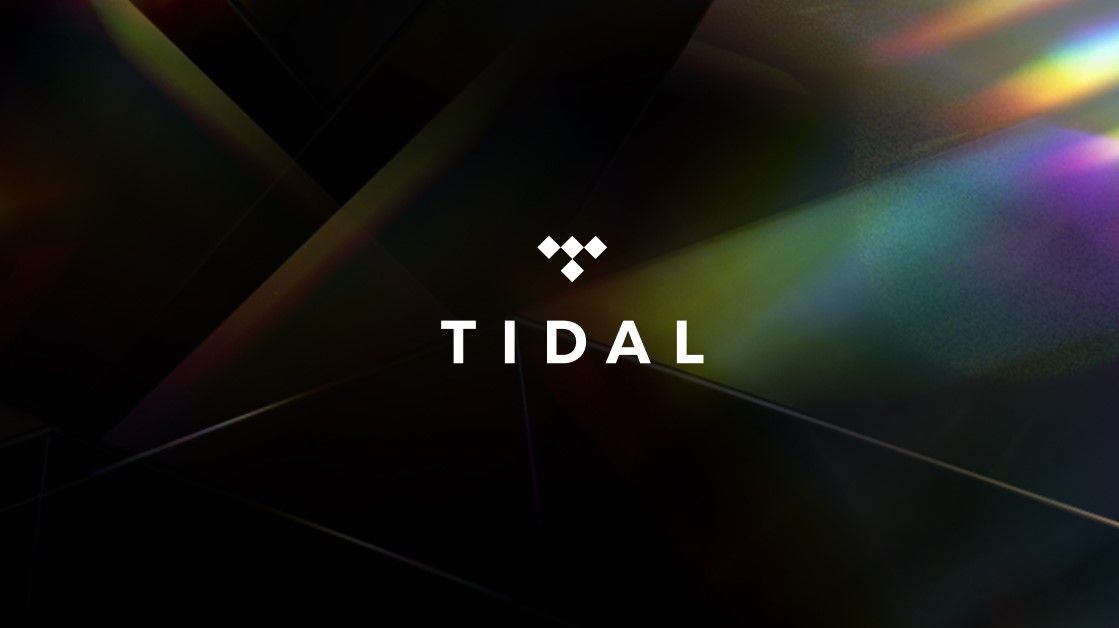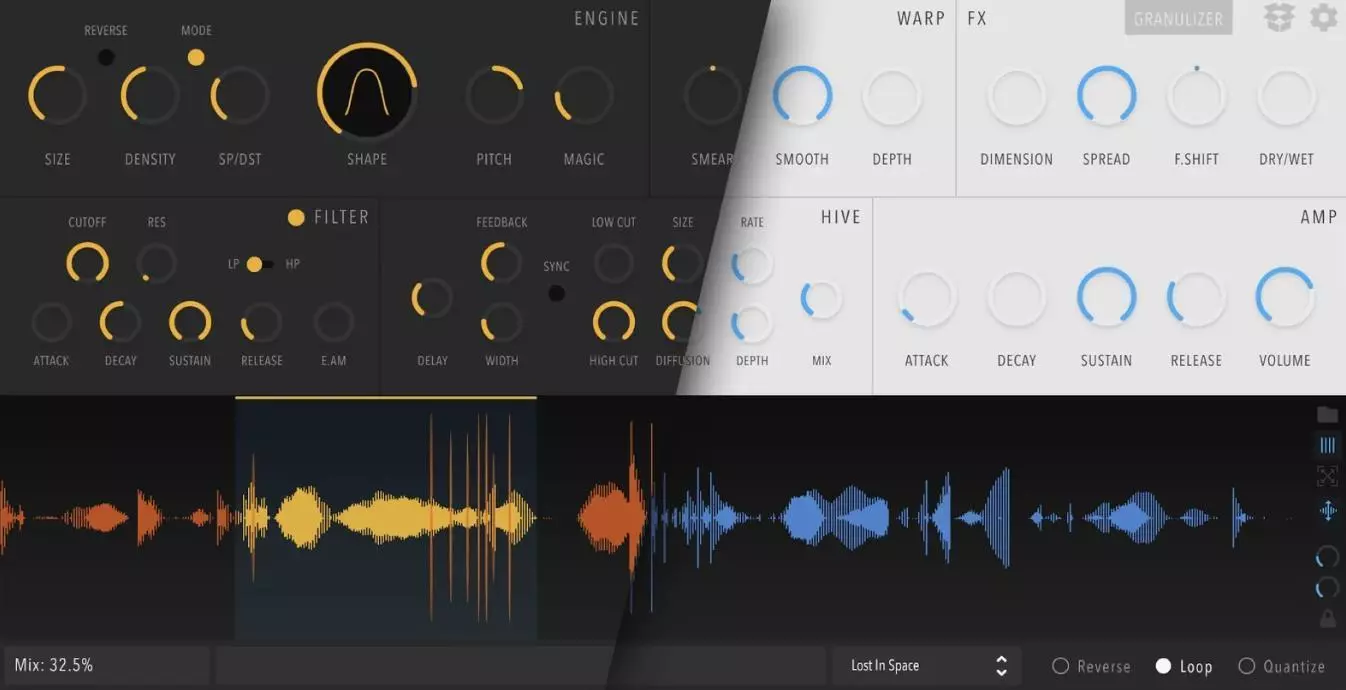The musical landscape is constantly changing, and as cultural theorist Raymond Williams observed, dominant, emergent, and residual cultures intertwine to form the “structures of feeling” of an era. It’s a dynamic process where the old inspires the new, and the avant-garde paves the way to the mainstream. The 2020s have brought an explosion of new genres and micro-scenes that define the sound of the decade.
1.Hyperpop: Pop in the Age of Chaos
Hyperpop has grown from a niche experiment into a global phenomenon. Defined by its maximalist approach, pitch-shifted vocals, high-energy beats, and playful distortion of genre conventions, it creates a colorful yet oddly addictive sound. Artists like 100 gecs and Dorian Electra blur the lines between electronic, pop, and punk, producing chaotic but irresistible tracks. The genre continues to evolve, inspiring young producers worldwide.
2.Axxcelerationism: Faster, Louder, More Extreme
Axxcelerationism is an aggressive, hyperspeed style that pushes lowend and sigilkore into distorted sonic mayhem. Bass turns into an overwhelming force, synths screech like sirens, and reverb-heavy vocals create the effect of an apocalyptic prophecy. Artists like OsamaSon, Zatru, bleoood, and 2slimey are shaping this sound, daring listeners to endure its crushing intensity.
3.Sigilkore: The Demonic SoundCloud Underground
Emerging on SoundCloud in the late 2010s, Sigilkore has become one of the darkest corners of underground music. Mixing trap and cloud rap with bitcrushed effects, booming 808s, and eerie reverb-soaked synths, its aesthetic draws from occultism, anime, and early internet art. Pioneers like Odetari, Luci4, and 9lives laid its foundations, and TikTok gave it viral momentum. With themes of blood, vampires, and shadowy imagery, Sigilkore is both haunting and captivating.
4.Krushclub and Krushfunk
Sigilkore has birthed spin-offs like Krushclub, which blends Jersey club with its digital aggression, and Krushfunk, which infuses Brazilian funk. Artists such as Lumi Athena, 6arelyhuman, and Odetari are pushing these hybrids into the spotlight.
5.Lowend: Milwaukee’s Pulsing Beat
Lowend is a fresh take on hip-hop born in Milwaukee. Characterized by clapping, metronome-like rhythms, booming bass, and minimalist beats, tracks rarely exceed two minutes but are full of energy. Pioneers like Certified Trapper and AyooLii set the tone, while J.P.’s viral hits “Juicey Ahhh” and “Bad Bitty” put the genre on the national map through TikTok. What started local is rapidly spreading.
6.Funk Carioca Mutations
Baile funk has long been the heartbeat of Rio’s favelas, but the 2020s have seen it mutate into new hybrids:
- Rave Funk merges baile funk with electronic festival sounds.
- Brazilian Phonk fuses funk carioca with drift phonk for a darker, edgier vibe, adopted by global stars like Jennie from Blackpink.
- Funk Bruxaria adds horror aesthetics, shrieking synths, and even metal influences, making it apocalyptic in tone.
These mutations show how Brazil’s local scenes are shaping global club culture.
7.LatinCore: Wild Rhythms from Latin America
LatinCore is a catch-all term for bizarre and high-energy beats from Latin America, including uwuracha, hyperwaracha, and post-baile-funk. Colombian producer CRRDR and Mexico’s DJ weed create music that feels like sonic rollercoasters — chaotic, rhythmic, and addictive.
8.Caribbean Carnival Rhythms: Bouyon and Dennery Segment
Bouyon (from Dominica) and Dennery Segment (from Saint Lucia) are undergoing a resurgence. Mixing African beats, EDM, compa, and house, they’ve become staples of carnivals and viral TikTok sounds. Artists like Bozo (Bad Sound) and 1T1 are bringing these hyper-energetic, sexually charged rhythms to global audiences.
Coffee Raves: A New Social Trend
Beyond genres, music consumption itself is shifting. Coffee raves, first appearing in India, transform cafes into morning dancefloors. Instead of alcohol, espresso fuels the crowd; instead of darkness, sunlight sets the stage. DJs like Tanishq create inclusive, healthier, community-driven parties. This shows that music adapts not only in sound but also in culture and lifestyle.
Conclusion
The soundscape of the 2020s is a kaleidoscope of cultural flows. From hyperpop to sigilkore, from Milwaukee’s lowend to Brazilian funk mutations, from LatinCore to Caribbean carnival beats, the interplay of dominant, residual, and emerging cultures is richer than ever. Add in club deconstruction and even coffee raves, and it’s clear: we are living in an era of unprecedented musical diversity. And the most exciting part? These genres are only just beginning their journey to the mainstream.
At the same time, alongside the rise of new genres, we are also witnessing a strong comeback of older styles. In particular, the influence of the ’90s and early 2000s is becoming more and more noticeable — something we explored in more detail in this article.
